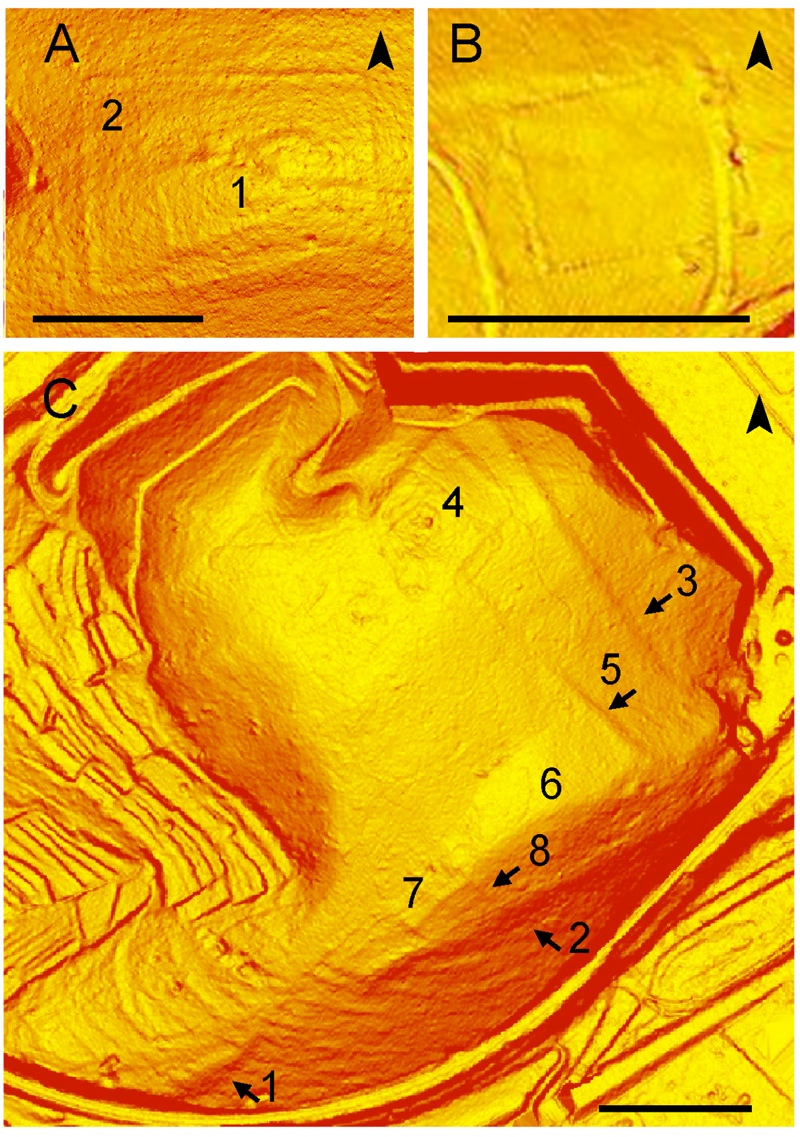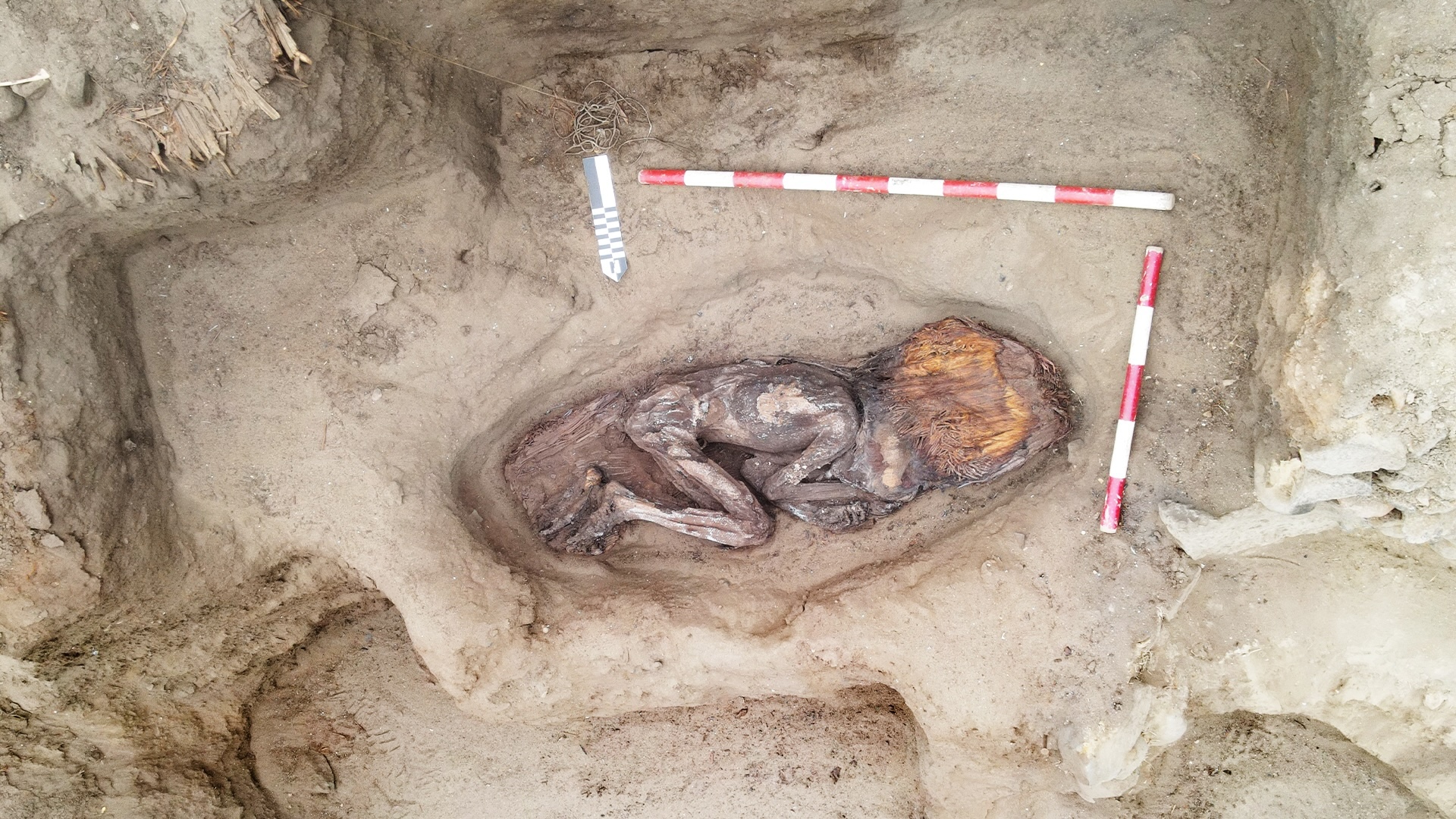Oldest Roman Fort Protected Soldiers from 'Infamous Pirates'

Using airborne laser scanners, researchers have discovered ancient fortifications in Italy that make up the oldest known Roman military camp, where soldiers may have fought pirates more than 2,000 years ago.
This camp may help reveal clues about how the Romans developed their army, and the structures might have served as the foundations of the modern Italian city of Trieste, the researchers said in the new study.
The Roman army was among the most successful militaries on Earth, and helped to create an empire that spread across three continents. A key factor behind the strength of the Roman army was the art of building orderly military camps.
The origin of the Roman military camp remains unclear, the researchers said. Until now, the oldest confirmed Roman military camps had been located in Numantia and Pedrosillo in Spain, which date to about 154 B.C. and 155 B.C., respectively.
But the recently discovered Roman camp described in the new study was probably built in 178 B.C., thus predating the oldest Spanish camps by decades, the researchers said. They suggested that these newfound fortifications may have provided the foundation for the colony of Tergeste, the ancestor of the modern city of Trieste. [In Photos: Ancient Roman Fort Discovered]
"They are probably the most ancient examples of Roman camps in the entire Roman world," lead study author Federico Bernardini, an archaeologist at the Abdus Salam International Center for Theoretical Physics in Trieste and the Fermi Center in Rome,told Live Science.
Looking with lidar
Sign up for the Live Science daily newsletter now
Get the world’s most fascinating discoveries delivered straight to your inbox.
The scientists analyzed the Bay of Muggia, the innermost part of the Gulf of Trieste, located near Italy's northeastern border with Slovenia. This is one of the most protected natural harbors of the northern Adriatic coast, making it a good place to build a settlement, the researchers said.
The team used a laser scanner mounted on a helicopter to scan the area with lidar (short for "light detection and ranging") — the laser equivalent of radar.
"Lidar is like a new telescope, which allows you to see worlds that are not visible by the naked eye," said study co-author Claudio Tuniz, a physicist at the Abdus Salam International Center for Theoretical Physics in Trieste and the Fermi Center in Rome."It can reveal large ancient archaeological structures hidden under trees or other landscape features."
"It can provide unexpected results, even in relatively urbanized territories investigated for a long time," Tuniz told Live Science. "With lidar, we discovered in a few months more prehistoric archaeological structures than those discovered during one century of work with conventional archaeological methods."
With the help of lidar, ground-penetrating radar and archaeological fieldwork, the scientists discovered the remains of a military camp at San Rocco.
"After seeing the image of the first Roman camp, [Bernardini] ran to the site, 30 minutes from our institute, to search for direct evidence," Tuniz said. "Sure enough, after a brief stroll through the site, he found clear signatures of the Roman period, such as the characteristic hobnails used to make the military shoes of Roman soldiers and fragments of Roman amphorae, widely used to store oil, wine and other food products."
This military camp was relatively large — greater than 32 acres (13 hectares) — and was defended by imposing fortifications, such as wide ramparts up to about 80 feet (25 meters) wide, the researchers said in the new study. It was located on a hilltop in a strategic central position about 1.2 miles (2 kilometers) from the innermost present-day shore of the Bay of Muggia, they said.
Two minor forts flanked the main military camp. One rested on a large terrace on Montedoro ridge, overlooking access to the Rosandra River, while the other, at Mount Grociana, overlooked both the Bay of Muggia and routes leading from the Gulf of Trieste to what is now Slovenia and Croatia.
Infamous pirates
This is the first Roman military camp discovered in Italy, and the newly discovered fortifications were probably created during Roman wars against people known as the Histri, who controlled the nearby Istrian Peninsula, the researchers said.
"Their objective was also to protect the new neighboring city of Aquileia from the incursion of the Istrian peoples," Tuniz said. "Its port was an important emporium for the trade of wine, olive oil and slaves. Aquileia would later become one of the capitals of the Roman Empire."
The Roman historian Livy described the Histri as infamous pirates. [The 10 Most Notorious Pirates Ever]
"According to Livy, in the first phase of the conflict, two legions of Roman Republic were defeated by the Histri, and the camp was lost," Bernardini said. "Livy reported that the Histri found a lot of wine inside the camp and got drunk, and this helped the Romans reconquer the camp very easily."
Pottery fragments at San Rocco revealed that the site dates to between the end of the third century B.C. and the first decades of the second century B.C. "Investigation of the sites will be crucial to study early Roman military architecture and the origin of Roman military camps," Bernardini said.
The age, size and location of the San Rocco site correspond to a military camp Livy wrote about that was built in 178 B.C., the researchers noted. This was "a crucial historic period at the borders of the Roman Republic," Tuniz said.
Ancient records suggest that the Romans may have used the camp until the foundation of Tergeste, the scientists added.
"Many European cities originated from ancient Roman military forts, including Bonna, or Bonn; Vindobona, or Vienna; Eburacum, or York; and Argentorate, or Strasbourg," Tuniz said.
The scientists plan to do full-scale archaeological excavations at these sites. They detailed their findings online March 16 in the journal Proceedings of the National Academy of Sciences.
Follow Live Science @livescience, Facebook & Google+. Original article on Live Science.










